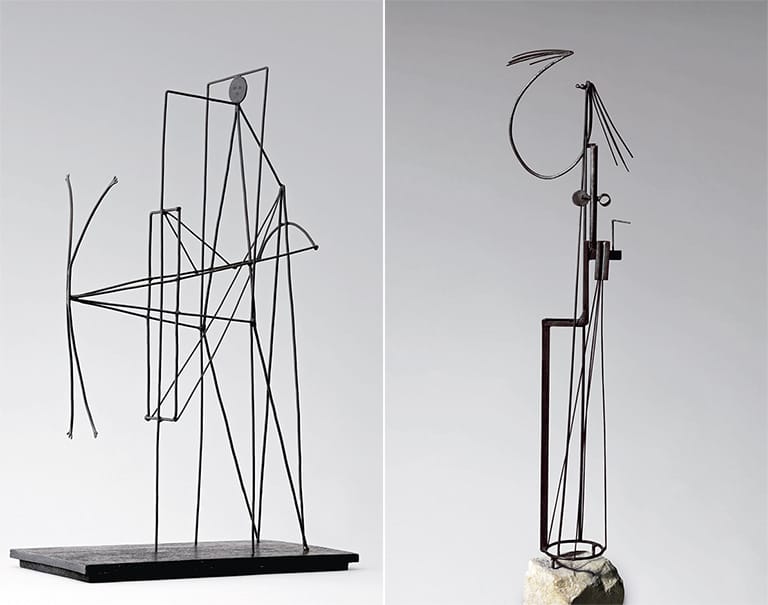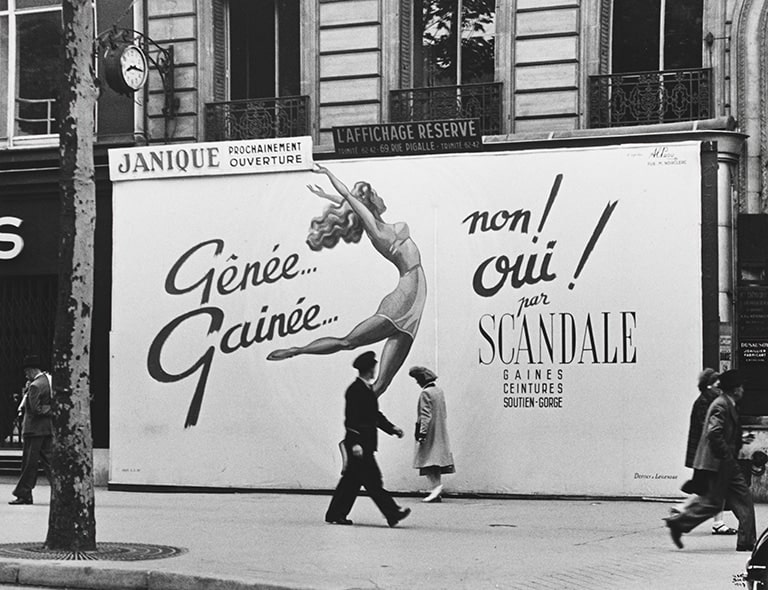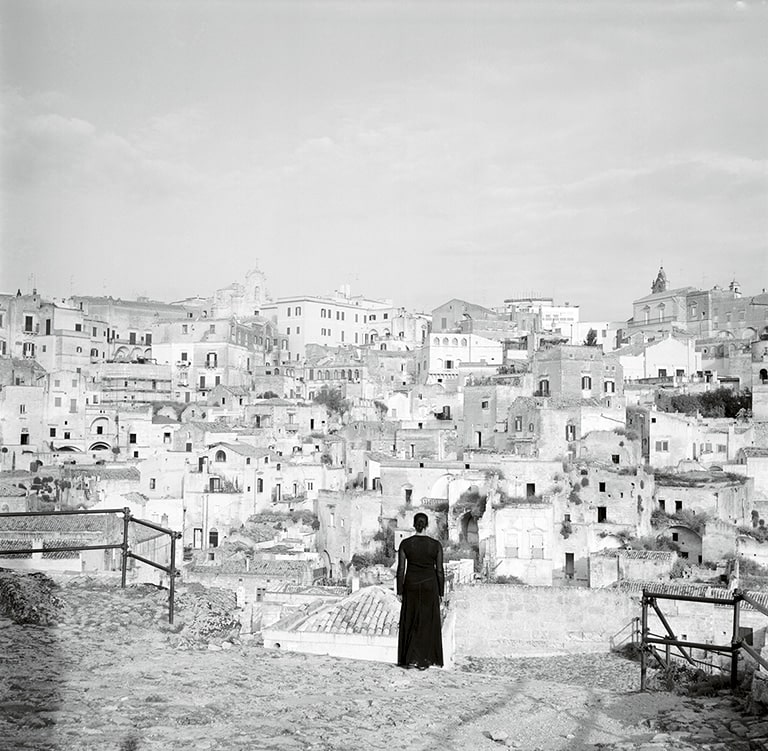Composición [Composition]

Laszlo Moholy – Nagy
Composición [Composition], 1930
© Lázsló Moholy-Nagy. VEGAP, Madrid
© Fundación MAPFRE COLLECTIONS
Entry date: 2007
Technique
Watercolor, ink and collage on cardboard
Dimensions
Paper size: 31.8 × 24.4 cm
Frame size: 70 x 62.5 x 4 cm
Inventory
FM000306
Description
László Moholy-Nagy was one of the central figures in Central European avantgarde art, due both to the diversity of his work and the importance of his writings. His work reflects his broad spectrum of interests, most notably kinetic art, photography, the study of light and shadow as formal and expressive elements, the possibilities of collage, etc.
At first glance, it may seem that Moholy-Nagy’s responds strictly to formal criteria, to rigorous formal investigation. Although this is true, accepting it as the only trait of the artist would be to limit and simplify his work; the formal analyses of interwar European art correspond to the intention of configuring a new space, a space that would respond to the new ways of life and experiences that were being gestated in those years. Avantgarde tradition is deeply rooted in the experiments of Cubism, and also in the novelty of urban perception, the need to incorporate art into life, and the possibilities offered by new techniques and designs. All these elements contributed to the creation of a new sensibility in that period, a new way of appreciating and enjoying forms and images.
A work of art can be seen as an investigation, and Composition absolutely responds to that criterion. Moholy-Nagy was interested in the different ‘force lines’ that act on space and make its configuration more dynamic. In turn, thanks to collage, this space folds in upon itself and at no time loses its flat nature, which accentuates its luminous condition. The focalization of different color points, which Moholy-Nagy positions ‘inside’ the space delimited by the collage – with a single exception – define the centrifugal nature of the entire composition, making it both dynamic and balanced at the same time.
Composition thus exceeds the limits established by the centralized, and almost always unique, focus that typifies traditional art. Our perception – a perception commensurate with an urban, industrial world – has little to do with that tradition, in the same way that our space has a dynamic and centrifugal nature that is not bound by the limits of a composition that is as academic as it is ideal. The artist is very aware that the contemporary world is not static, it is not a ‘given’ once and for all, but grows and advances in every direction without this necessarily implying a loss of balance. The plastic research that Composition represents can thus be seen for what it is: a formal investigation into the behavior of space, movement and light, yet also as a metaphor for contemporary life and the changes that have taken place in it.
[Valeriano Bozal]
DAVID, Catherine, y RONDOLINO, Gianni, László Moholy-Nagy, cat. exp. Valencia, IVAM, 1991.
HAUS, Andreas, Moholy-Nagy: Photographs and Photograms. Londres, Thames and Hudson, 1980.
HÜLSEWIG-JOHNEN, Jutta; JÄGER, Gottfried; HEUWINKEL, Christiane, Láxzló Moholy-Nagy, Idee und Wirkung, cat. exp. Bielefeld, Kerber, 1995.
KOSTELANETZ, Richard, Moholy-Nagy. Nueva York, Praeger, 1970.
MOHOLY-NAGY, Sibyl, y GROPIUS, Walter, Moholy-Nagy: experiment in totality. Cambridge, Londres, MIT Press, 1969.
PASSUTH, Krisztina, L. Moholy-Nagy, cat. exp. Londres, Institute of Contemporary Art, 1980.
– Moholy-Nagy. Londres, Thames and Hudson, 1985.
SAYAG, Alain, y MOLDERINGS, Herbert, Laszlo Moholy-Nagy: Compositions lumineuses 1922-1943, cat. exp. Paris, Centre Georges Pompidou, 1995.




